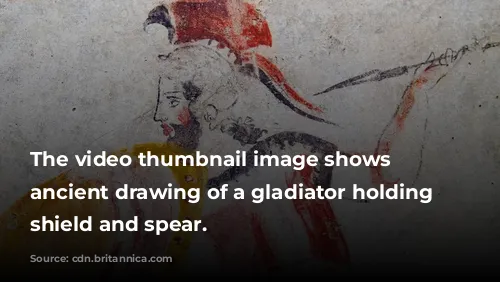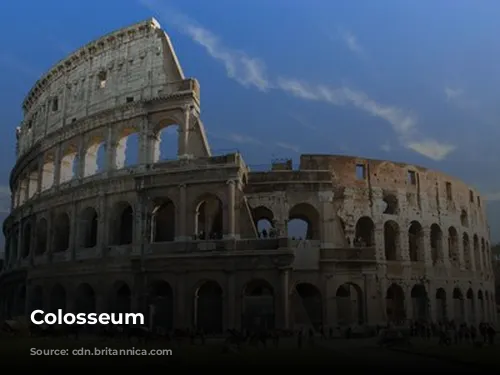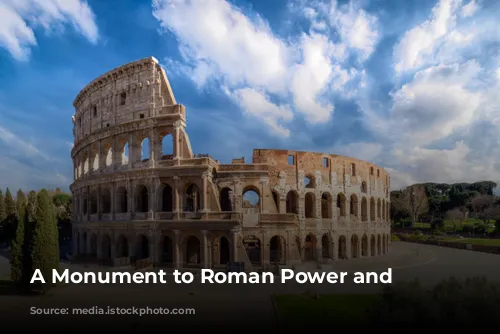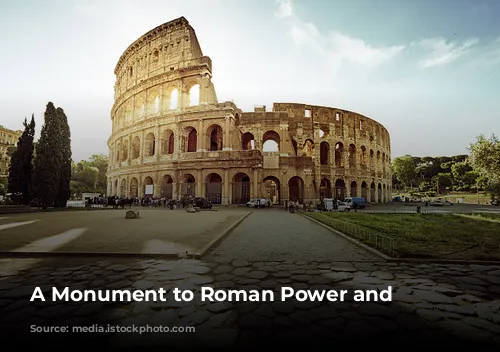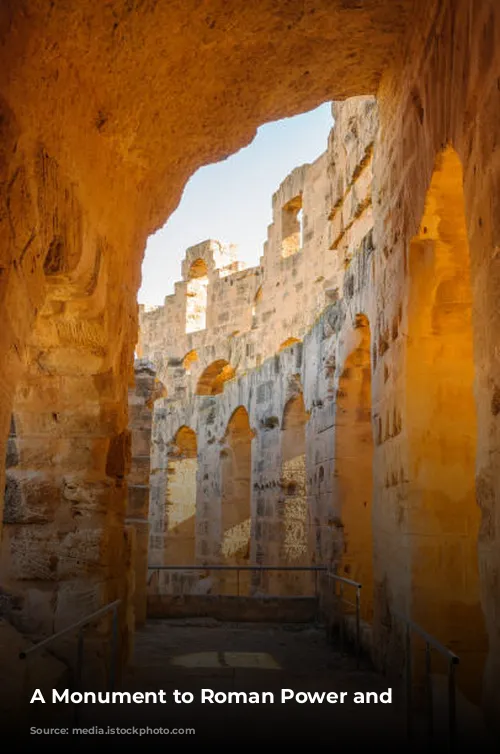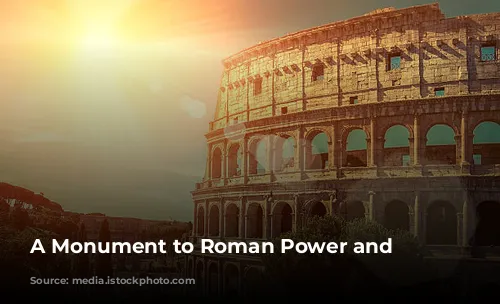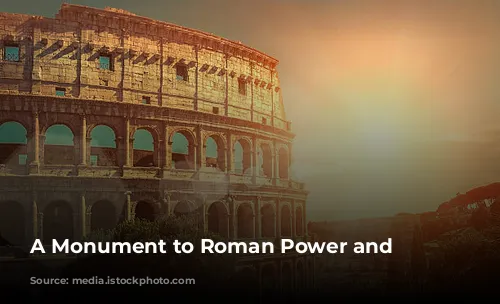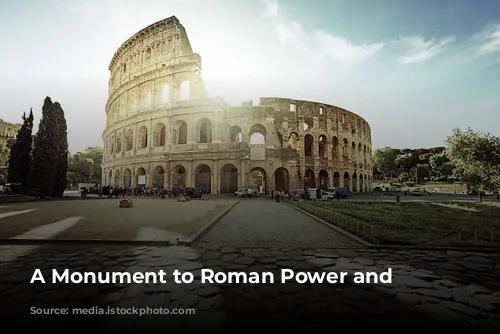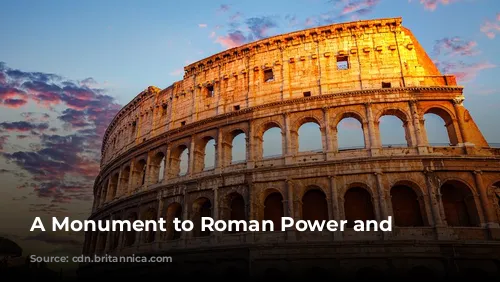The Colosseum, a majestic structure standing as a testament to ancient Rome’s brilliance in architecture and engineering, is one of the few mostly intact buildings from the Roman Empire. Today, it serves as a powerful reminder of the grandeur of Roman civilization and is a magnet for tourists from all over the world. It is also a vital source of income for the Italian government. In 2018, the Colosseum, the Roman Forum, and Palatine Hill together generated more than $63.3 million (€53.8 million) in revenue, making it the top tourist attraction in Italy.
The Colosseum has faced its share of challenges. After the fall of the Western Roman Empire, it fell into disrepair and was neglected for centuries. During the 12th century, the Frangipane and Annibaldi families repurposed the arena into a fortress. Later, in the 15th century, Pope Alexander VI allowed the Colosseum to be used as a quarry, further contributing to its decline. It was only in the 1990s that state-funded restoration efforts began to revive this iconic landmark.
From Gladiator Games to Mock Naval Battles
The Colosseum was envisioned as a grand project to revitalize Rome after the tumultuous year of the four emperors in 69 CE. Emperor Vespasian, following the tradition of other amphitheatres, intended the Colosseum to be a venue for entertainment, hosting thrilling gladiatorial combats, exciting animal hunts, and even dramatic mock naval battles.
Construction of the Colosseum began under the reign of Emperor Vespasian between 70 and 72 CE. The completed structure was inaugurated in 80 CE by Titus, Vespasian’s son and successor. The Colosseum’s fourth story was added by Emperor Domitian in 82 CE. Interestingly, the arena was financed with spoils from Titus’s conquest of Jerusalem in 70 CE, and it was built by enslaved Jews from Judea.
A Marvel of Roman Engineering
The Colosseum is an elliptical amphitheatre constructed in Rome under the Flavian emperors of the Roman Empire. It is also known as the Flavian Amphitheatre. This remarkable structure, made of stone, concrete, and tuff, rises to four stories at its highest point. Measuring 620 by 513 feet (189 by 156 meters), it could accommodate an impressive 50,000 spectators. The Colosseum was renowned for its gladiatorial combat, showcasing the skill and courage of these warriors.
The Colosseum stands proudly just east of Palatine Hill, on the site of Nero’s Golden House. The artificial lake that once adorned the palace was drained, and the Colosseum was built in its place, a symbolic act as much as a practical one. Vespasian, who rose to power from humble beginnings, chose to replace the tyrannical emperor’s private lake with a public amphitheatre that could host a multitude of Romans.

A Legacy of Entertainment and Endurance
The structure was officially dedicated in 80 CE by Titus in a grand ceremony that included 100 days of games. Later, in 82 CE, Domitian finished the work by adding the topmost story. Unlike earlier amphitheatres, which were often built into natural hillsides for support, the Colosseum is a freestanding structure made of stone and concrete. It utilizes a complex system of barrel vaults and groin vaults, reaching dimensions of 620 by 513 feet (189 by 156 meters). Three of the arena’s stories are adorned with arcades framed by engaged columns in the Doric, Ionic, and Corinthian styles. The structure’s rising arrangement of columns became the foundation for the Renaissance codification known as the assemblage of orders.
The main structural framework and facade of the Colosseum are made of travertine, while the secondary walls are crafted from volcanic tufa. The inner bowl and the arcade vaults are constructed from concrete. The amphitheatre could comfortably seat 50,000 spectators, protected from the sun by a massive retractable awning called a velarium. Supporting masts extended from corbels built into the Colosseum’s top story, and hundreds of Roman sailors were responsible for operating the rigging that extended and retracted the velarium.
The Colosseum was the stage for countless gladiatorial battles, contests between men and animals, and even large-scale mock naval engagements. While it’s uncertain whether the arena was the site of early Christian martyrdoms, its history is rich with tales of entertainment and spectacle.
A Resurgent Icon of Roman History
During the Middle Ages, the Colosseum was repurposed as a church, then served as a fortress for the prominent Roman families, the Frangipane and the Annibaldi. Over time, the Colosseum suffered from the effects of lightning, earthquakes, vandalism, and pollution. Its marble seats and decorative elements vanished, as the site was treated like a quarry for over a thousand years. In the 19th century, the preservation of the Colosseum began in earnest, with notable efforts led by Pius VIII. A comprehensive restoration project was undertaken in the 1990s.
Today, the Colosseum is a cornerstone of Roman tourism, attracting nearly seven million visitors annually. Regular exhibitions exploring ancient Roman culture are held within its walls, bringing the past to life for modern audiences.
The Colosseum, a beacon of Roman history and engineering, continues to inspire awe and wonder, a testament to the enduring legacy of ancient Rome. It is a reminder of the power and ingenuity of a bygone era and an invaluable link to our shared human history.
